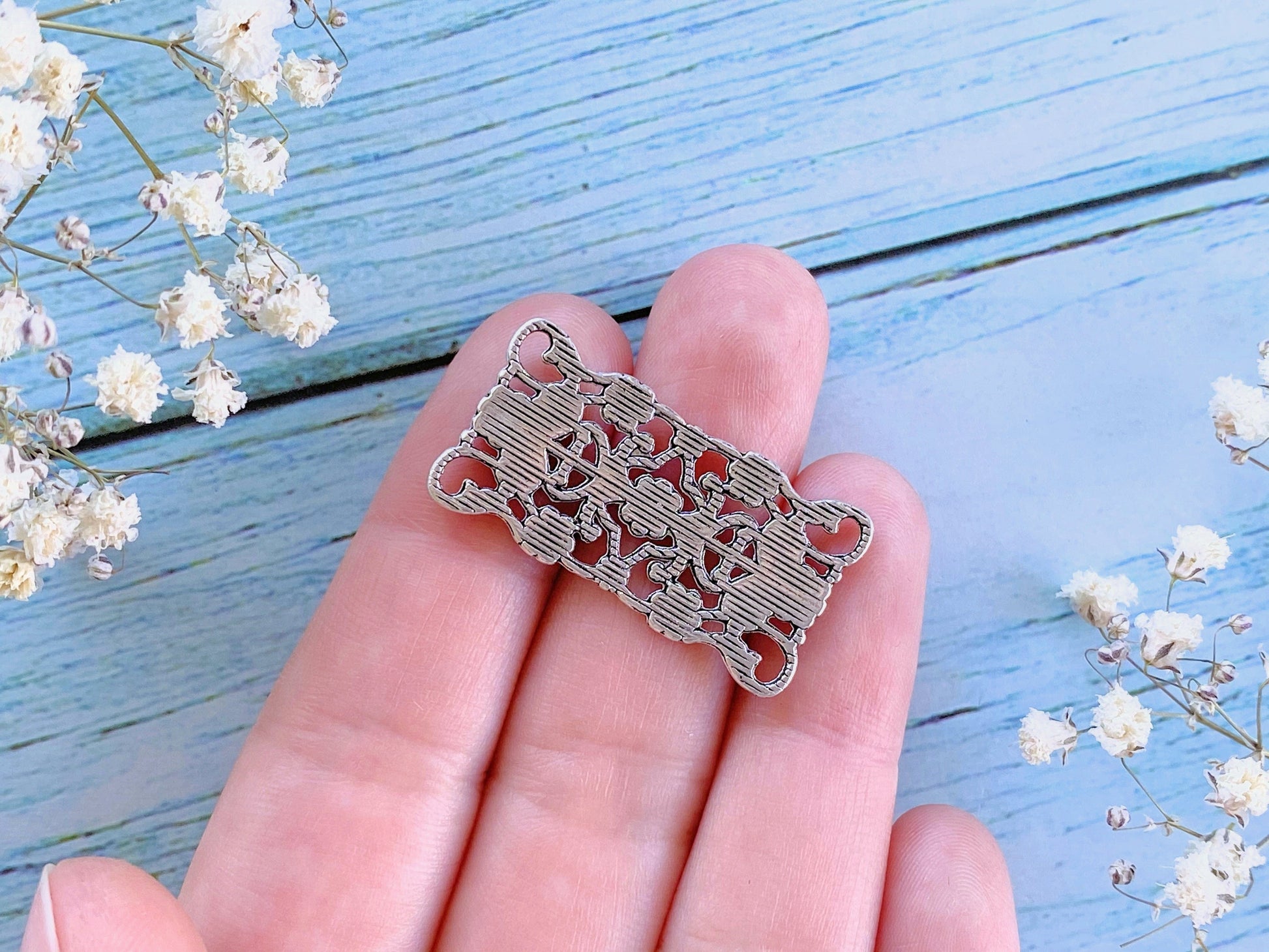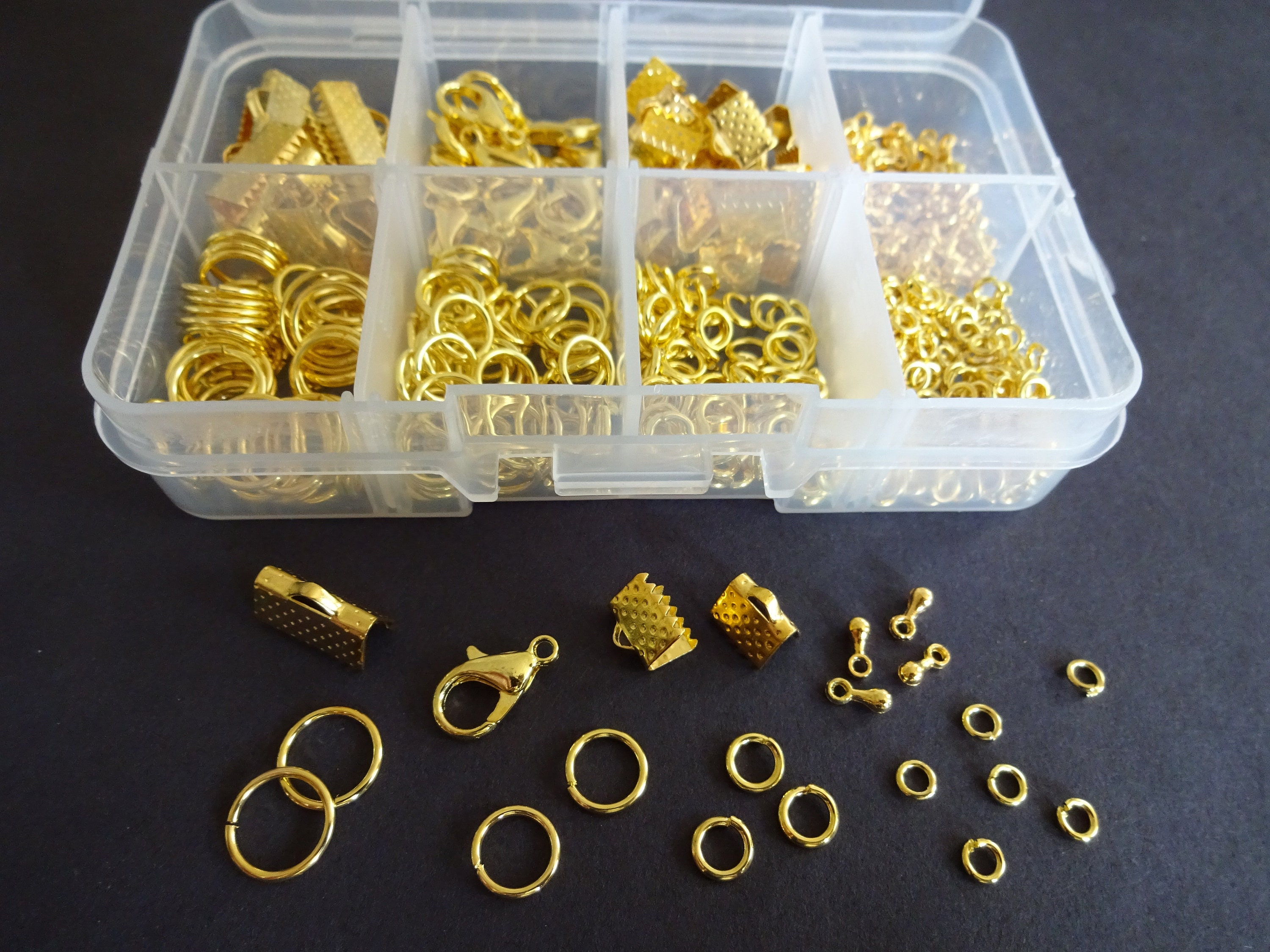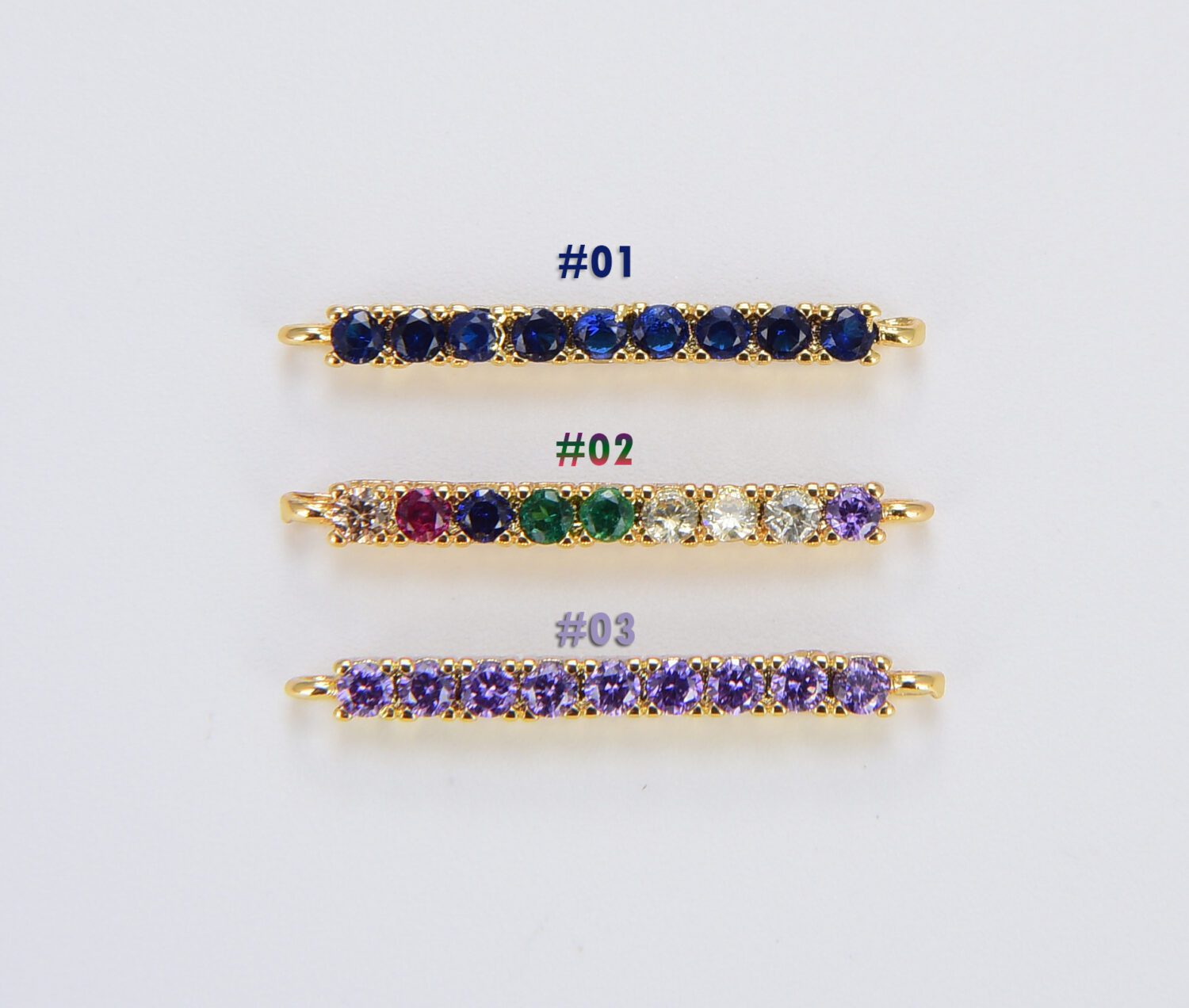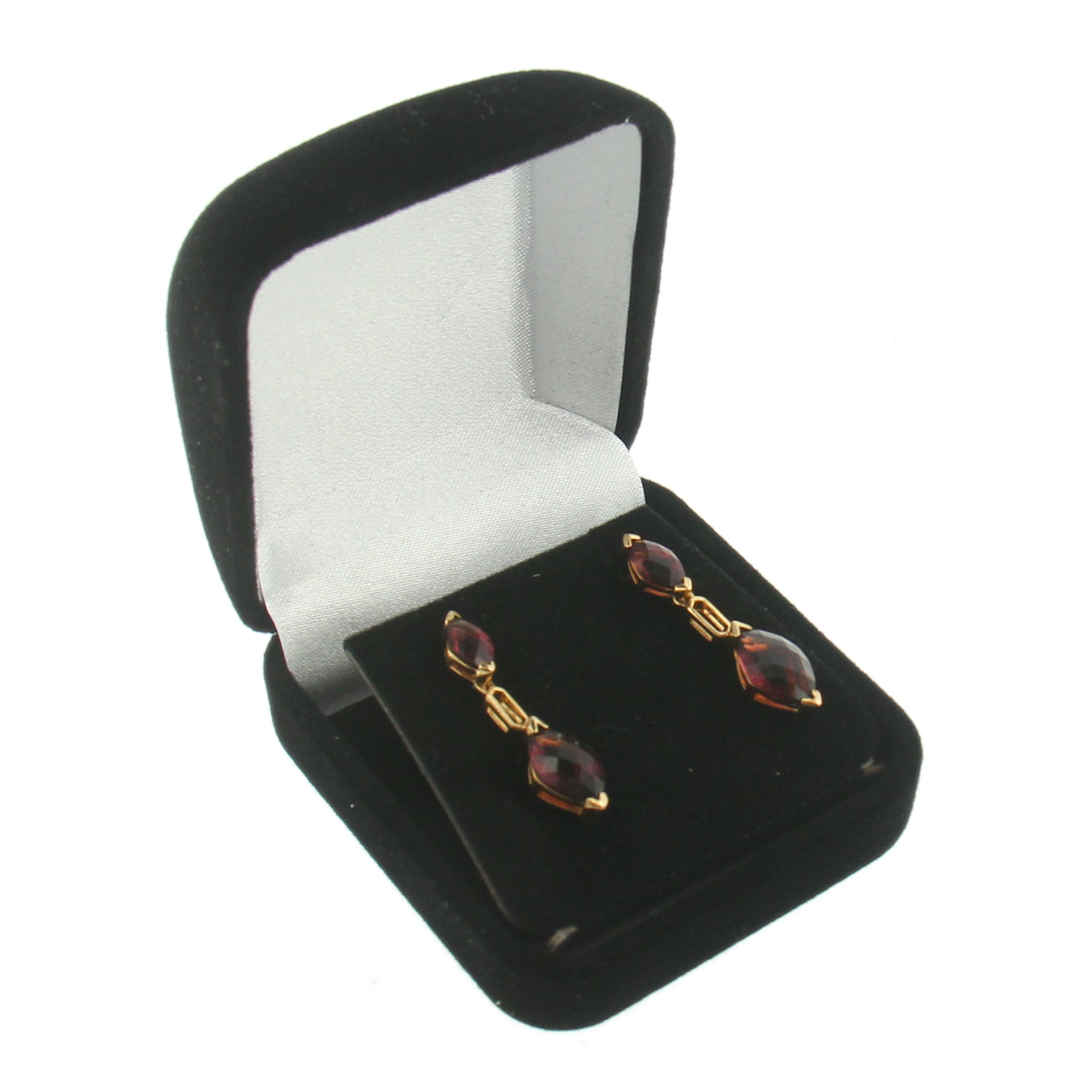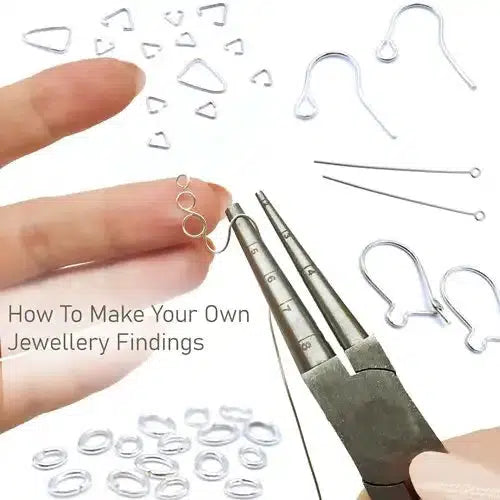
How to Make Your Own Jewellery Findings?
Crafting jewellery is as much an art as it is a science. Beyond the main pieces – the sparkling gemstones or elegant beads – there's a world of essential components that hold everything together: the jewellery findings. If you're a DIY enthusiast or a budding jeweller, creating your own jewellery findings can offer a bespoke touch to your designs. Here's a comprehensive guide to help you navigate this often-overlooked but crucial aspect of jewellery-making. What Are Jewellery Findings? When it comes to jewellery making, jewellery findings refer to all those tiny, often unnoticed components that, quite literally, hold your jewellery pieces together. They're a bit like buttons for jackets, or zips for trousers; in short, the unsung heroes of the jewellery world. Here are just a few examples: Clasps and Closures These are the mechanisms used to fasten
Bluestreak Crystals is the world's leading supplier of high-quality lead-free beads and crystals with fast worldwide delivery. Choose from the leading brands.
Crafting jewellery is as much an art as it is a science. Beyond the main pieces – the sparkling gemstones or elegant beads – there's a world of essential components that hold everything together: the jewellery findings. If you're a DIY enthusiast or a budding jeweller, creating your own jewellery findings can offer a bespoke touch to your designs. Here's a comprehensive guide to help you navigate this often-overlooked but crucial aspect of jewellery-making.
What Are Jewellery Findings?
When it comes to jewellery making, jewellery findings refer to all those tiny, often unnoticed components that, quite literally, hold your jewellery pieces together. They're a bit like buttons for jackets, or zips for trousers; in short, the unsung heroes of the jewellery world. Here are just a few examples:
Clasps and Closures
These are the mechanisms used to fasten or secure jewellery. From the lobster clasp on a necklace to the butterfly back on an earring, these are fundamental findings.
Jump Rings and Split Rings
These are small circular metal rings, often used to attach charms to bracelets or chains, or to link different components together.
Ear Wires and Posts
These are the components that make earrings wearable, from the hook that dangles a beautiful gemstone to the post that secures a stud earring.
Bails, Pins, and Connectors
These varied components help integrate focal pieces, such as gemstones or pendants, into a larger design or enable the connection of different jewellery segments.
Necessary Tools and Materials
So if you’re thinking about making your own jewellery findings, gathering the right tools is imperative. Here's what you'll need:
Pliers: A few types are essential for jewellery-making, namely chain-nose, flat-nose, round-nose, and a pair of good quality wire cutters.
Hammer and Anvil: For flattening or hardening wire.
Mandrels: These are tools that allow you to shape metal into consistent shapes and sizes, like loops.
Files: To smooth down rough edges and ensure a professional finish.
Wire: This is a primary material for making many findings. The gauge (thickness) and type of wire you choose will depend on the specific finding you're making.
Types of Metals and Wire for Findings
When you start your journey in crafting jewellery findings, the sheer array of metals and wires available can feel overwhelming. However, your choice here can influence not only the aesthetics but also the durability of your creations:
Sterling Silver: A classic and popular choice, sterling silver lends a shiny, elegant finish and is suitable for most jewellery types. While it can tarnish over time, regular polishing can keep its lustre intact.
Gold-filled: A more budget-friendly alternative to solid gold, gold-filled wire has a thick layer of gold bonded to a base metal. It offers the look of gold without the hefty price tag and is resistant to tarnish.
Copper: Known for its malleability and warm, reddish hue, copper is an excellent choice for beginners. However, it can oxidise over time, giving it a vintage, patinated appearance which can be desirable for certain designs.
Brass: Brass, a blend of copper and zinc, is durable and resists corrosion. Its golden-yellow tone makes it a favourite for vintage or antique-style jewellery.
Stainless Steel: Boasting strength and resistance to tarnish, stainless steel has a modern, industrial vibe, making it perfect for contemporary designs.
Considerations: When choosing your metal, remember to think about factors like skin sensitivities (some people might have allergies to specific metals), the desired finish, and the overall design of your jewellery.
Safety Precautions and Workstation Setup
Embarking on the journey of crafting jewellery findings is undoubtedly fulfilling. However, the process demands stringent safety precautions. If you venture into soldering or happen to use chemicals, it's of utmost importance to ensure that the workspace is adequately ventilated, mitigating the risk of inhaling harmful fumes. Cutting or bending wires can also sometimes lead to minuscule fragments being ejected, so make the use of safety goggles a priority. A sturdy pair of gloves can also help shield your hands from any sharp edges of the wire or from potential allergens and chemicals.Finally, don’t forget your space; an efficient workflow is bolstered by an organised workspace and good working conditions; this means a meticulous arrangement of tools and materials, which will not only enhance your productivity, but also minimises the risk of accidents. It's also wise to have a first aid kit within arm's reach; after all, even the most experienced can occasionally suffer from accidental nicks or cuts!
Is it Worth Making Your Own Jewellery Findings?
For businesses looking to go the extra mile in their production process, handcrafting jewellery findings allows unparalleled customisation, offering a distinct touch that mass-produced pieces often lack. This means each curve, size, or finish can be tailor-made, rendering the jewellery truly unique, and you can market your pieces as 100% authentically hand-made. Plus, when you make your own jewellery findings, you’re guaranteeing uniform quality for your pieces; what’s the point in crafting a gorgeous gold necklace only to then add on a gold-plated clasp which rusts and wears away after a few uses? By taking charge of your production process from start to finish, you can truly guarantee premium quality to your customers.
Check Out Our Most Popular Jewellery Findings
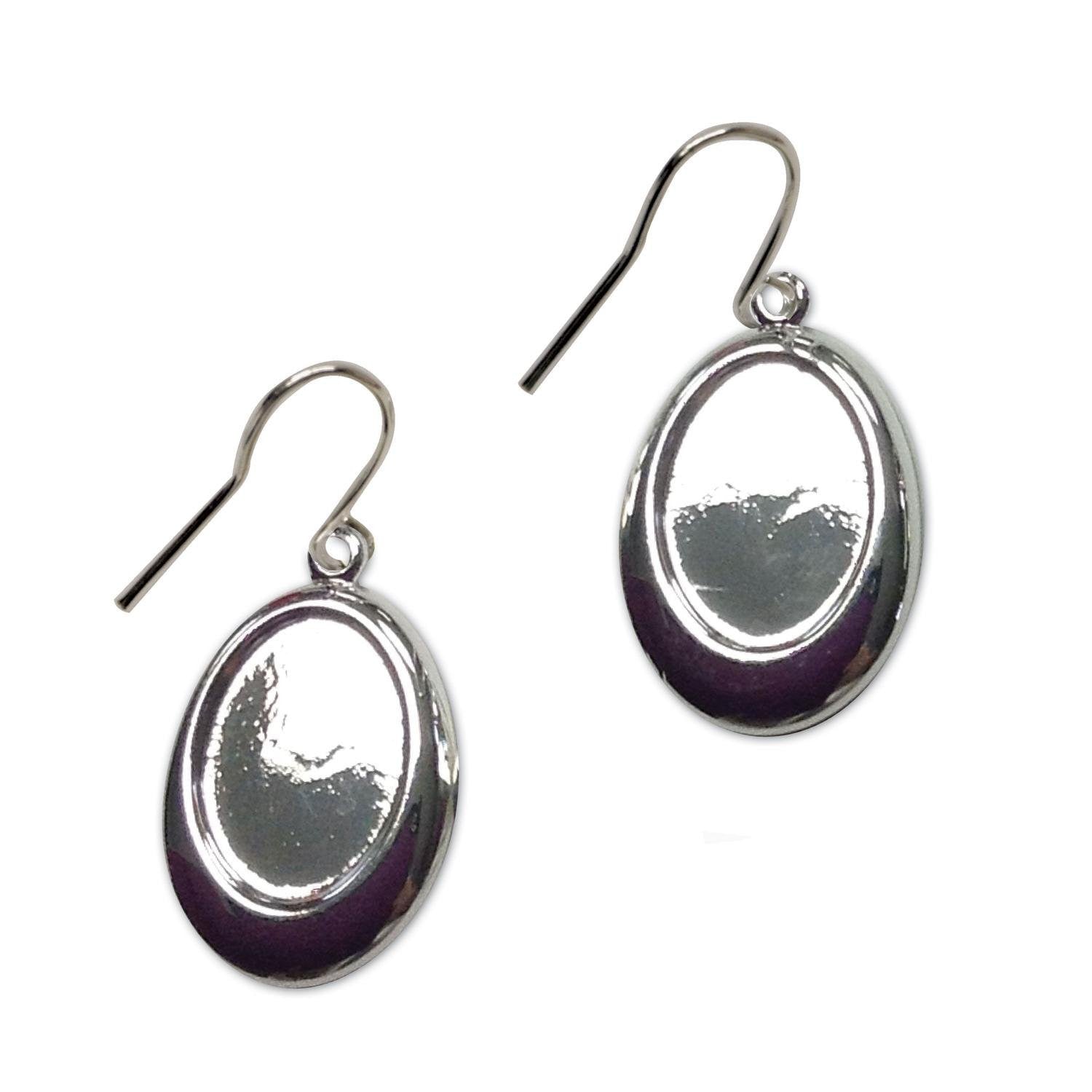
Silver Plated Teardrop Earring Blanks - Jewelry Making Findings

Make It or Buy It? When, Why and How to Make Your Own Jewelry

Make It vs. Buy It : The Jewelry Findings Conundrum - Halstead
Package includes: 100 piece/pack Ideal to make your own earrings. light weight, excellent material makes it pliable and more comfortable to wear. Wide

ER 100pcs/lot 8 Color Earring Findings Earrings Clasps Hooks Fittings DIY for DIY Jewelry Making Supplies Accessories D412 (Color : Mix)

Fancy Earring Hooks Make your own earring findings / Wire

JK Findings

THE JEWELRY DESIGNER'S ORIENTATION TO OTHER JEWELRY FINDINGS: PART

How to Make Your Own Earwires & Earring Findings - Better Beader

Bluestreak Crystals Blog for News & Articles

What are jewellery findings? - The Bench
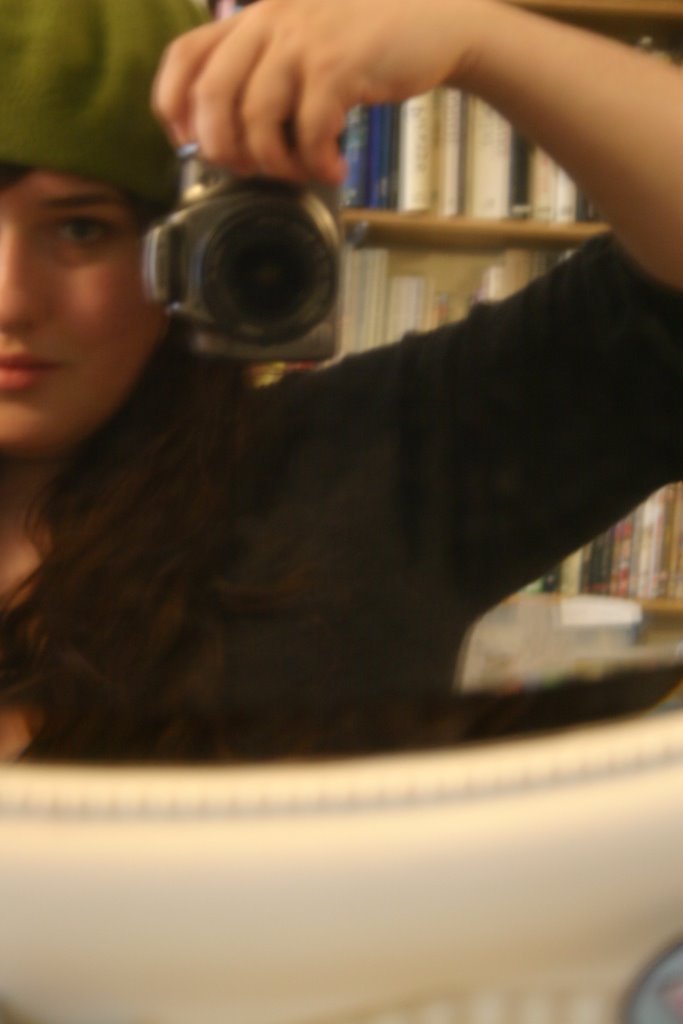
Abigail A. Percy: September 2006

Abigail A. Percy: September 2006
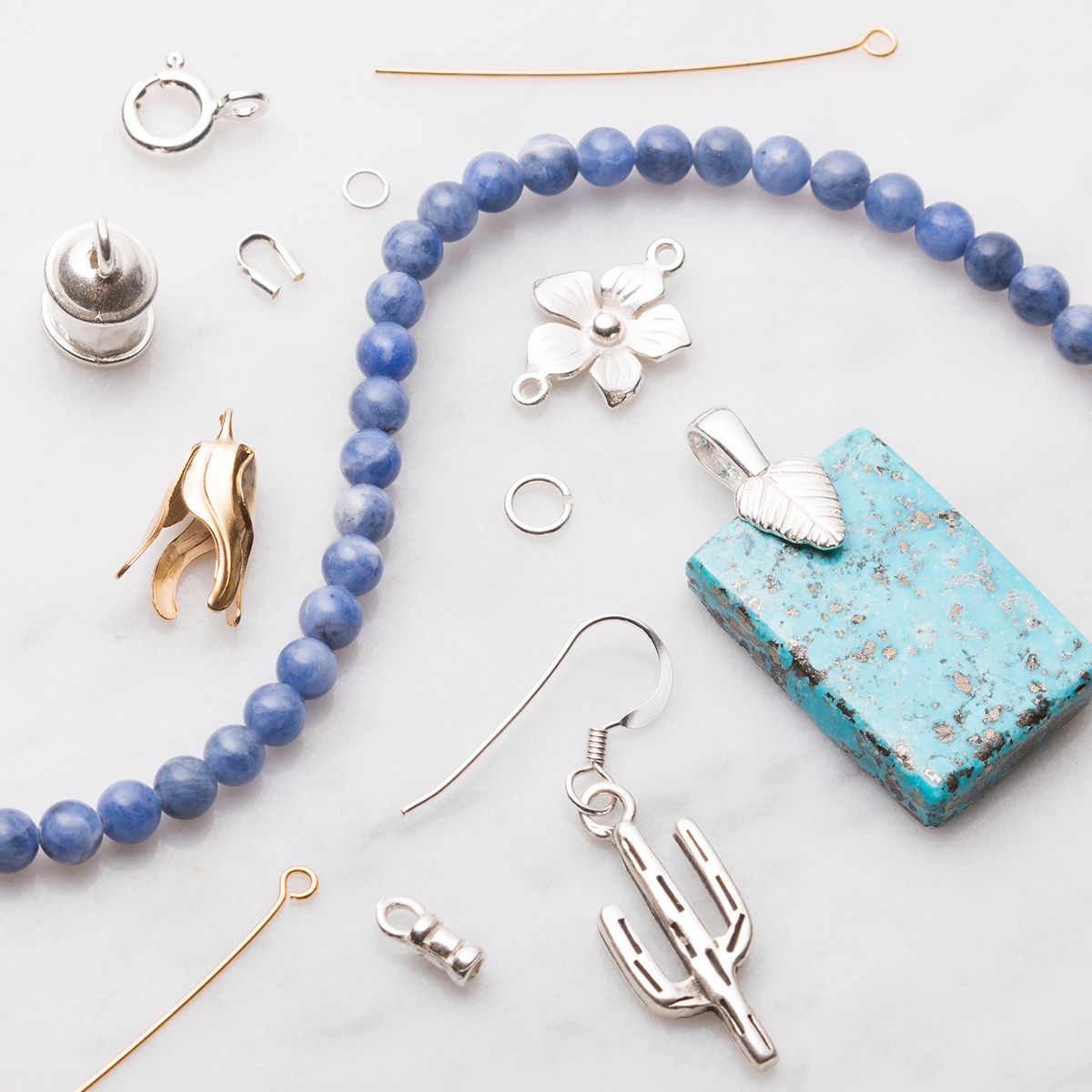
Your Guide To Jewellery Findings
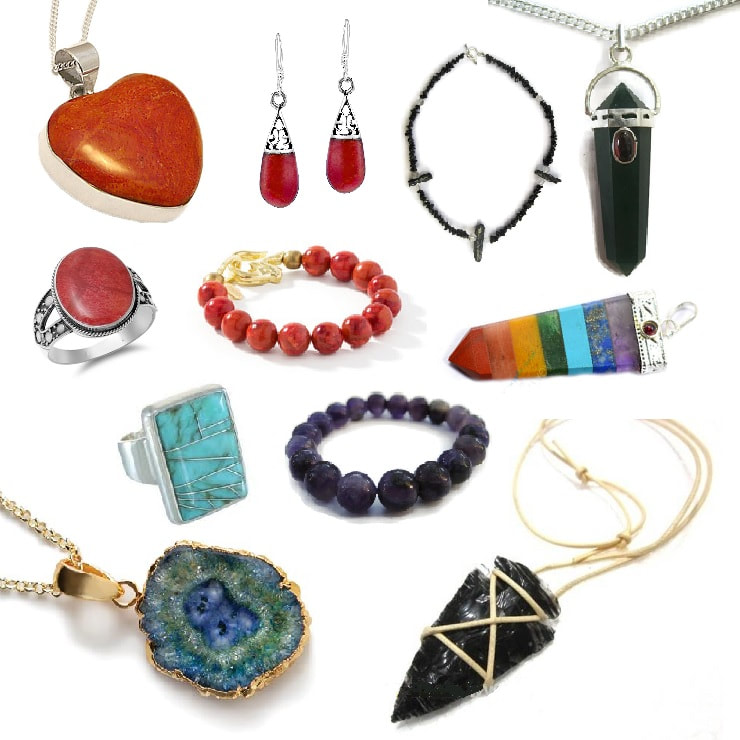
How to make your own jewellery
